Dynamic Search Region Calculation for Search and Rescue Planning
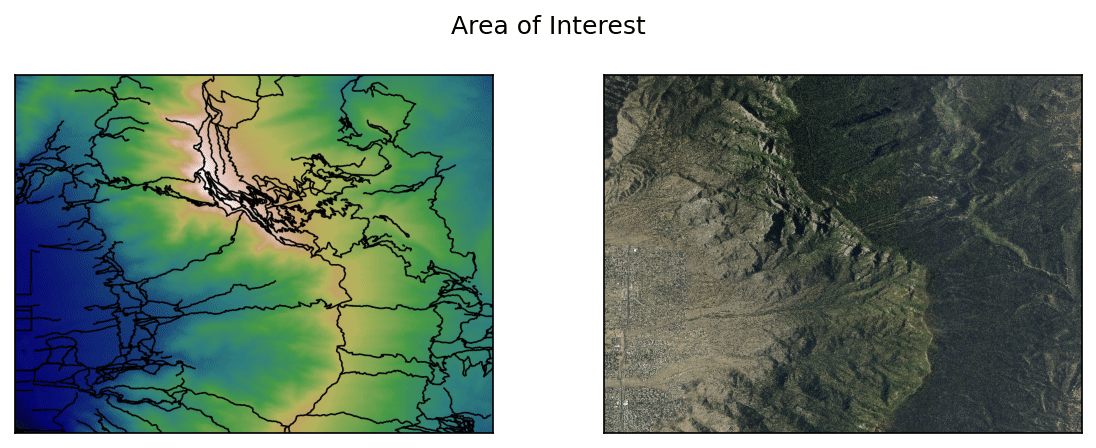
Knight Scientific Systems uses advanced mathematical concepts to combine topological map data with human performance models, producing dynamic maps of where lost people could be found. The image on the Left shows a probability density of where the lost person is likely to be found (red), and the image on the Right shows the growth in time of the maximum travel boundary (red boundary) and encompassed paths (green lines).
Detection Persistence Applied to Search and Rescue
Modern Machine Learning networks excel at detecting humans under benign conditions, but show dropouts in coverage when faced with realistic scenarios. Recent research at Knight addresses this shortfall to improve detector performance for search and rescue applications, maintaining track of people even when they are temporarily obscured by the terrain.
3D Models from Full Motion Video
Combined with the proliferation of imaging sensors across the world, structure from motion approaches provide the ability to generate three dimensional models for vehicles, buildings, and landscapes of interest. Knight Scientific Systems uses modern processing approaches to deliver 3D models from photographs and videos.
Multi-Spectral Object Detection
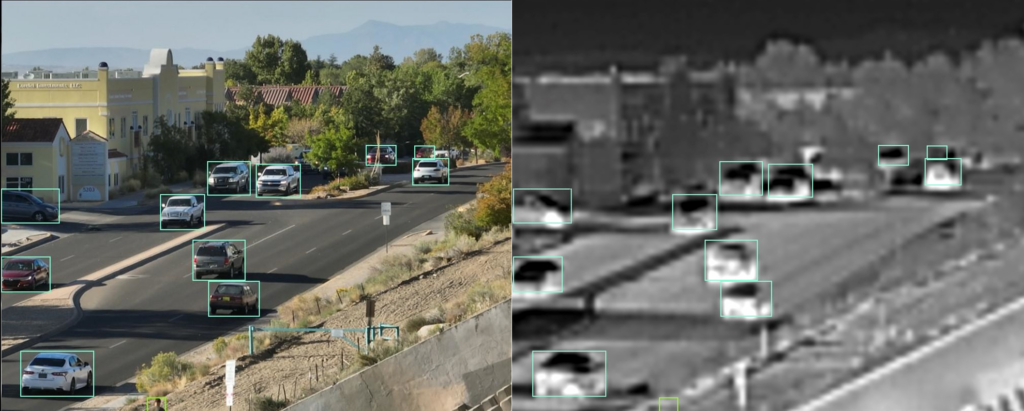
Traditional Object Detection (OD) algorithms are trained only on visible imagery, meaning the ability to detect vehicles, people, signs, etc., is only mature for visible imaging systems. Because Mid-Wave InfraRed (MWIR) and Long-Wave InfraRed (LWIR) sensors play an important role in detection and surveillance missions, Knight is developing multi-spectral OD tools to bring the power of machine learning to all imaging wavebands.
Machine Learning Enhanced Detection, Tracking Identification and Characterization
Classical approaches to processing intelligence, surveillance and reconnaissance (ISR) sensor data are significantly improved when enhanced with modern Machine-Learning technologies like feature detection and classification. Our team is at the forefront of research and development of AI/ML applications to military missions. Our AI/ML activities include the following processes and tools.
Sensor Data Processing and Exploitation
As sensor technology matures and sensor systems proliferate, data processing and exploitation must be automated and accelerated. Our team excels at designing and deploying modern algorithms for data fusion and information extraction. Our experience spans the following topic areas.
Digital Engineering
Our team uses the full ecosystem of digital engineering tools to provide value to our customers; from modeling systems using SysML, to building databases with Object Role Modeling, to simulating multi-domain missions and engagements. Digitial Engineering efforts include:
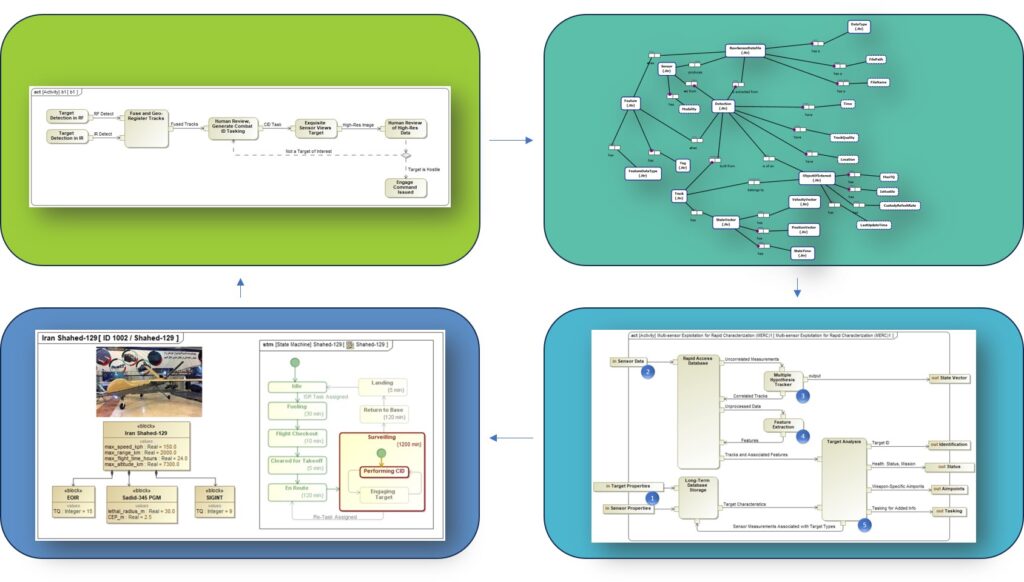
Multi-Domain Modeling, Simulation and Analysis
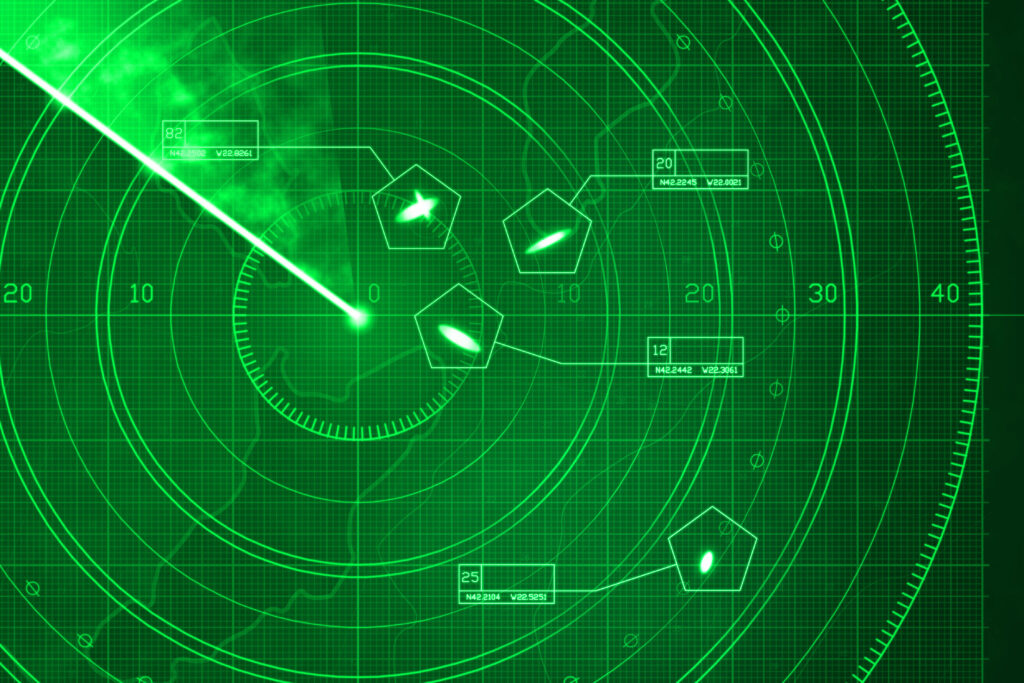
Multi-domain simulations provide a valuable context for demonstrating the impact new technologies have on the battlefield. We are expert users of the Department of Defense’s framework AFSIM: Analytic Framework for Simulation, Integration and Analysis. Our team uses a variety of tools and approaches to predict system performance:
Path Planning

Autonomous path planning is a critical technology for drones, manufacturing robotics, self driving vehicles and space vehicles. We have extensive experience in path planning for robotic linkages and quad-rotor drones. We utilize a wide variety of path planning techniques including:
Probabilistic Roadmap Methods
Rapidly Exploring Random Trees
Stochastic Reachability Analysis
Reinforcement Learning Based Planning
Machine Learning Based Planning
Multi-Spectral Rendering and Synthetic Target Signature Generation
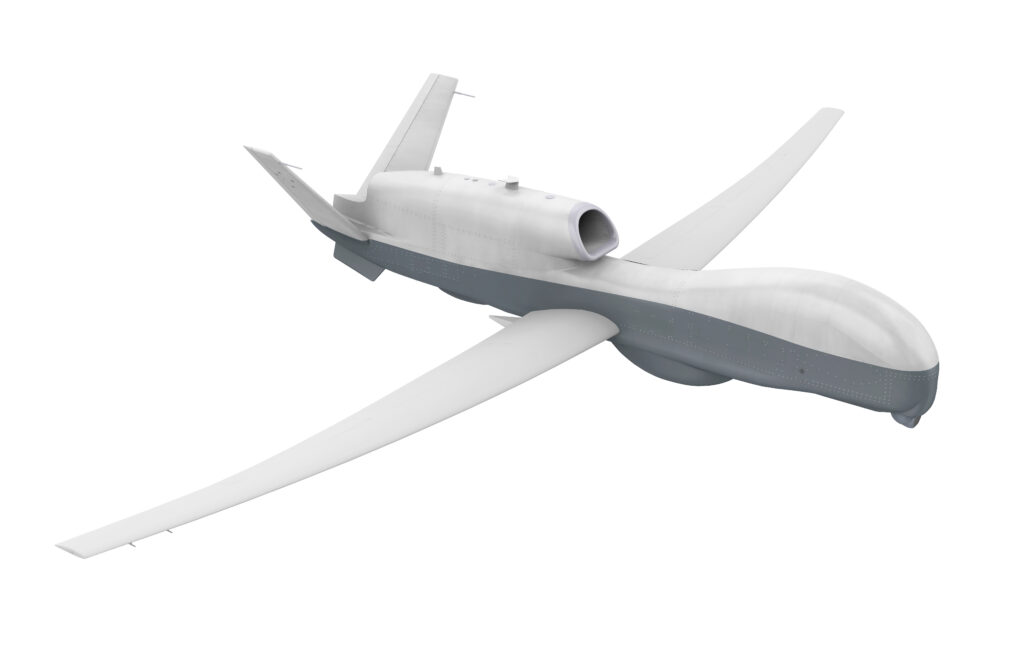
Synthetic signature generation provides an analytical capability for testing targeting, tracking, and other image processing algorithms in a simulated environment. We use a variety of approaches to generate multi-spectral target signatures as well as the accompanying sensor data output. We are experienced users of the following technologies: